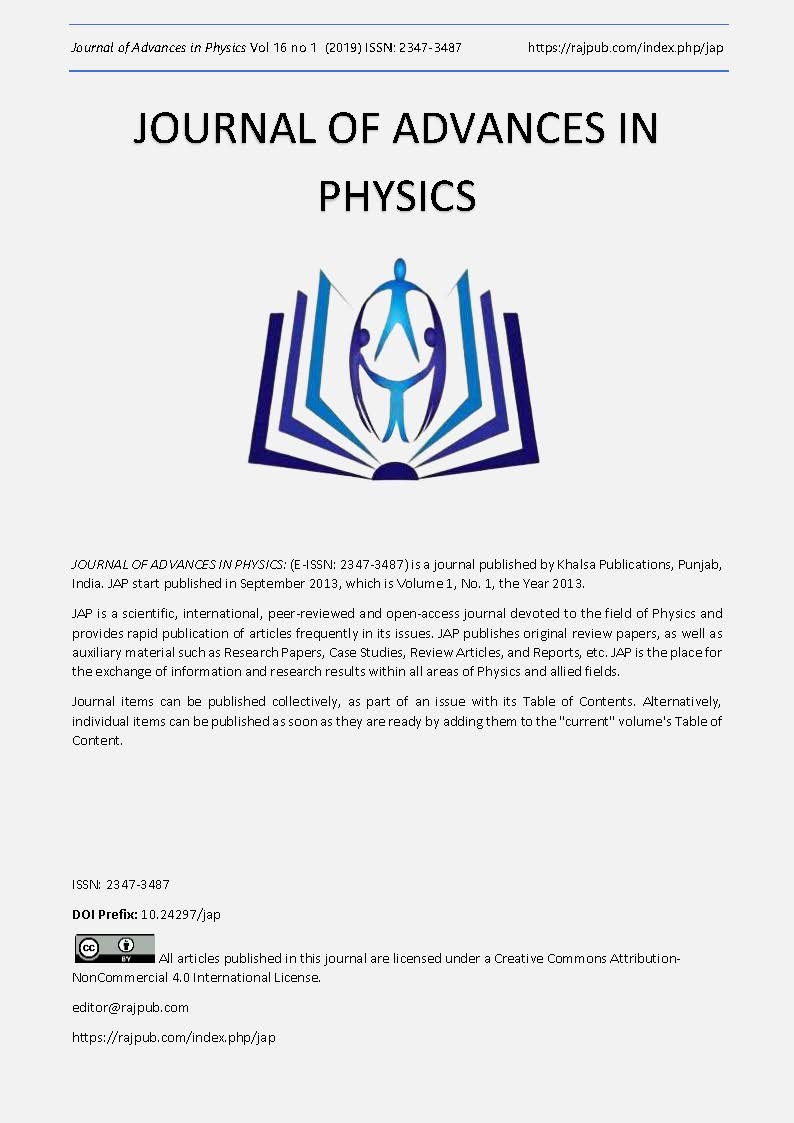Diurnal and Seasonal Variations of Equivalent Slab thickness over Low and Mid Latitude Regions
DOI:
https://doi.org/10.24297/jap.v16i1.8229Keywords:
Ionosphere, Total electron content, Critical frequency (FoF2), equivalent slab thicknessAbstract
The equivalent slab-thickness is very important in the study of the complex dynamics of the ionosphere as a result of its ability to determine the skewness of the ionospheric electron density profile. This study involves the day to day and monthly variations of . Ionosonde (FoF2) and Total electron content (TEC) data at the low latitude station of Sao Luis (Glat 2.60° S, Glong 315.80° E and Mlat 6.05° N and Mlong 28.40° E), Brazil and mid latitude station of Chilton (Glat 51.50° N, Glong 359.40° E and Mlat 53.35° N and Mlong 84.34° E), United Kingdom from January 2013 to December 2015 were used in the study of . For Sao Luis station, the diurnal pattern for the different days are characterized by day time (08:00 – 16:00 UT) high values and nighttime (20:00 – 04:00 UT) low values; however, Chilton shows signatures, such as day time low values and nighttime high values. Also, the daytime values (~600 km) of for the low latitude station (Sao Luis) is more than double the mid latitude station (Chilton) maximum value (~235 km) over the years considered. The monthly variation of also indicate a seasonal variation with highest daytime values (400 km) during winter months and lowest (below 300 km) during summer months for the low latitude station (Sao Luis). However, the nighttime values are of the same order (about 200 km) for the low latitude station (Sao Luis). Also, highest daytime values (above 250 km) are observed during summer months and the nighttime values are below 200 km over the years for the mid latitude station (Chilton).
Downloads
Downloads
Published
How to Cite
Issue
Section
License
 All articles published in Journal of Advances in Linguistics are licensed under a Creative Commons Attribution 4.0 International License.
All articles published in Journal of Advances in Linguistics are licensed under a Creative Commons Attribution 4.0 International License.




